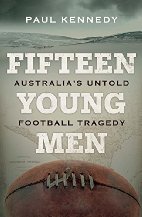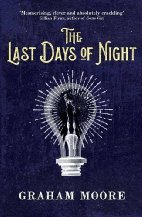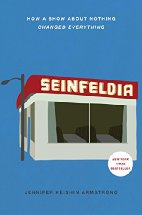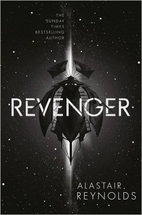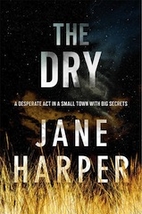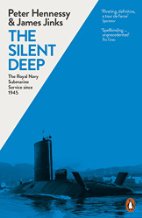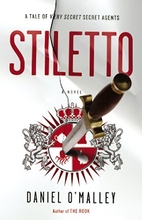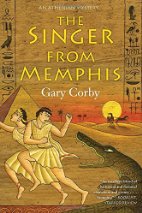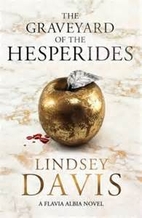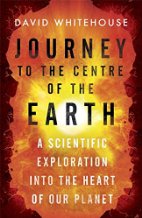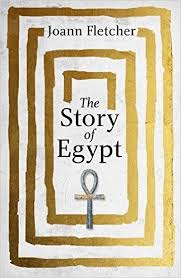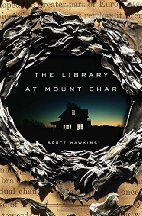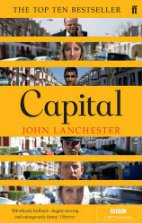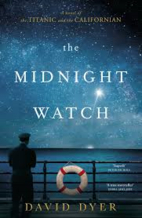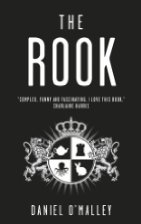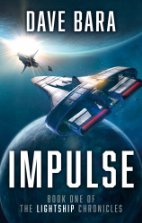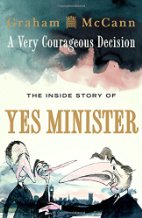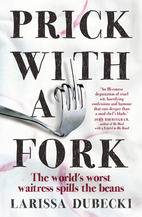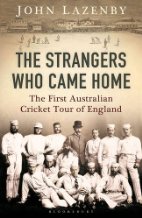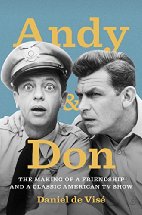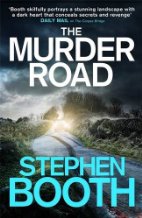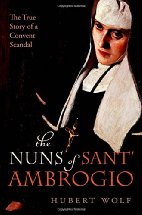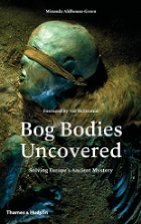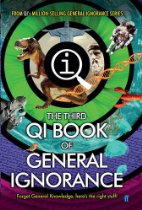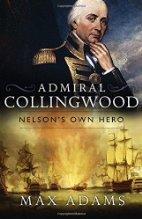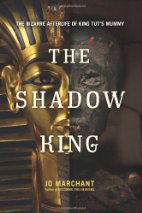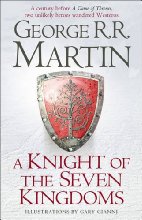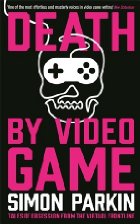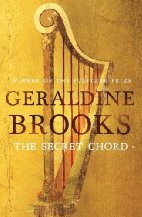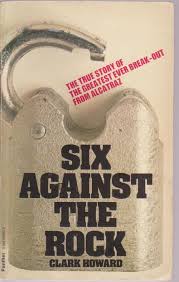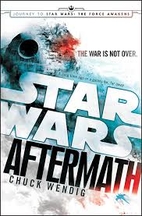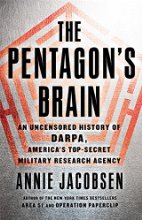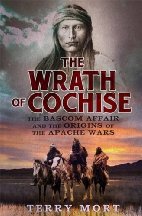The Monogram Murders, by Sophie Hannah
Harper Collins (2014), Paperback, 384 pages

I cannot in all honesty say that I am a dedicated Agatha Christie fan. I read many of the best-known examples many years ago and have never felt particularly tempted to re-visit. I though the humble whodunnit had moved on considerably and grown up in the process, and the era of cosy mysteries in cosy villages was probably over. However, in the middle of a particularly dry spell of watchable television, I started, casually at first, but with growing interest, to watch the excellent Poirot series on TV starring David Suchet. I now own the whole set on DVD and they have given me many hours of pleasure. As usual when something on TV grabs me, I instinctively start looking for books that reflect what I am watching. But the thought of revisiting the old original Christie Poirots did not enthuse me, as I was pretty sure that they would be nothing like the TV adaptations. Then I heard about this new reboot by Sophie Hannah and grabbed it with glee, it sounded just what I was looking for. It would be the Poirot for modern sensibilities I had seen in the TV series, I thought. Well, it didn’t quite turn out that way. This is not a bad book, by any means. The beginning is intriguing, the denouement sparkles, with intricate twists and turns. Unfortunately, the middle third is a let-down. To put it bluntly the book feels padded, as if 380 pages should really be about 280, perhaps 300. The plot itself is interesting enough, Poirot, while dining at an insalubrious coffee house, is waylaid by a woman in obvious fear, who blurts out that she is about to be murdered, but that her murder must never be solved. She then runs into the night. Poirot is led to a nearby hotel where three people have been murdered, all with monogrammed cufflinks thrust into their mouths. Poirot, assisted by the latest in his long line of reasonably thick police offsiders, Edward Catchpool, finds a link between the murders, the terrified woman and the long-ago suicide of a minister and his wife in a village with many secrets. It is a well-written, intricately plotted, fiendishly complicated story, it’s just that middle third where it seems to get lost. Disappointing, but far from a total loss. As of time of writing, the second book in the series, Closed Casket, has just hit the shelves, I will be reading it. I think this is a series that is worth sticking through for the long haul.
7.5/10
